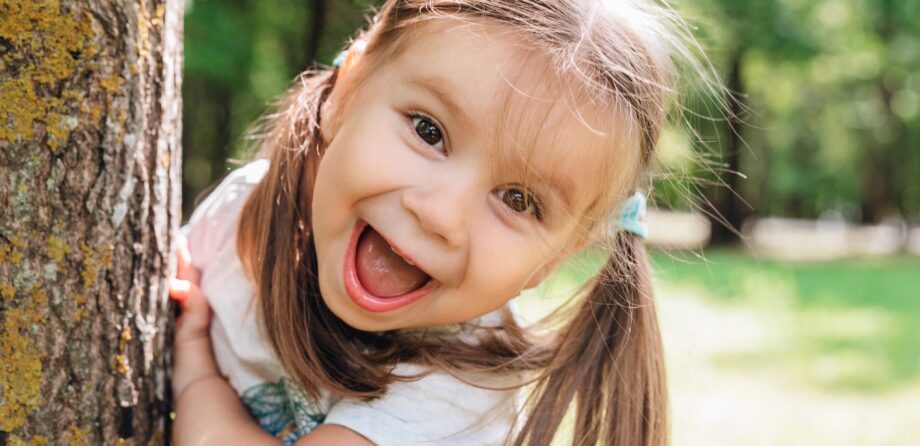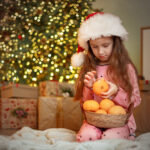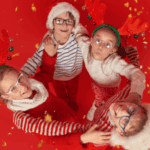
What makes me laugh? – Fun early years activity
Laughter helps children bond, express emotions, and build confidence. This fun activity encourages giggles through silly faces and playful games. So, have fun and discover what makes the children (and you) laugh!
Learning aims
- Promote bonding, turn taking and positive interactions with peers
- Encourage self-expression and explore likes and dislikes
- Develop confidence to express themselves in a fun, safe space
- Encourage listening and speaking skills.
Resource you’ll need
- Handheld safety mirrors (ideally one for each child)
- Picture cards with different emotions (happy, surprised, grumpy, silly, etc.)
- A small puppet or stuffed toy (optional).
What makes me laugh? – Activity guide
Have fun with the children and enjoy the sound of their laughter as they embrace the silliness of funny faces with these activities:
- Mirror exploration (warm-up): Give each child a mirror and ask them to look at their own face. Encourage them to move their eyebrows, open their mouth wide, or wiggle their nose. Ask, “What happens when you smile? What happens when you frown?”
- Silly face challenge: Show an emotion card and ask the children to copy it in the mirror. Gradually transition into silly expressions (puffed cheeks, tongue out, crossed eyes, etc.). Have a ‘funniest face’ contest where everyone makes their silliest expression
- Copycat faces game: One child makes a silly face while the others try to copy it. Take turns being the leader and let each child have a go
- Funny face freeze dance: Play music and let the children dance. When the music stops, they must freeze while pulling a silly face. Repeat a few times and encourage different expressions each time
- Reflection and sharing: Ask, “Which funny face made you laugh the most?” Talk about how making silly faces made them feel.
How you can extend this naming emotions activity
- Mirror puppet play: Use a puppet or stuffed toy to ‘talk’ to the children and encourage funny faces. The puppet can ‘react’ to their expressions by laughing, making funny comments, or copying them
- Take a photo of each child’s funniest face and display, to keep the laughter going.
Disclaimer: Activities with children must always be risk assessed, including for allergies or choking. Children must always have adequate supervision. Resources and materials must always be appropriate for children’s age and stage of development.
Similar Articles
Early years activity: A very sensory Christmas
Introduce the children to the magic of the season through this hands-on exploration of natural…
Read more 
Early years activity: Christmas Party Games
Celebrate the Christmas period with some familiar, fun party games, with a Christmas twist. Christmas…
Read more 

